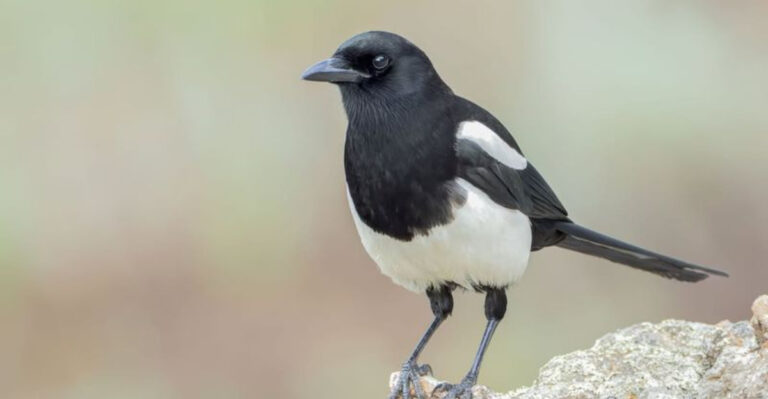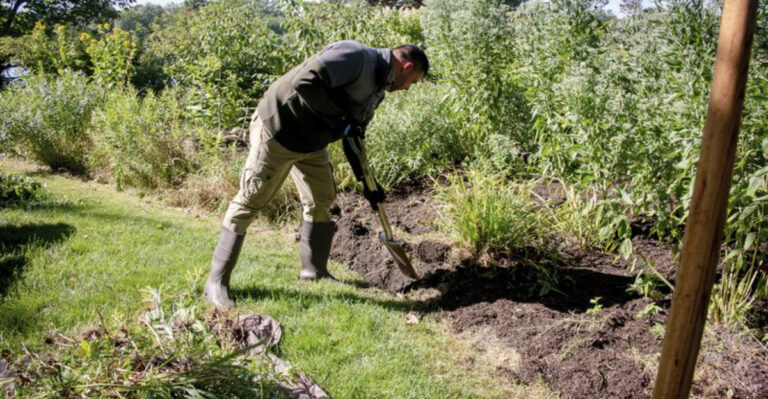Box Turtle Vs. Painted Turtle: Key Differences You Need To Know

Ever wondered how to tell box turtles and painted turtles apart? These popular reptiles might seem similar at first glance, but they have fascinating differences that make each unique.
Whether you’re a turtle enthusiast or just curious about these shelled creatures, understanding what sets them apart can help you appreciate their special adaptations and needs.
Habitat Preferences
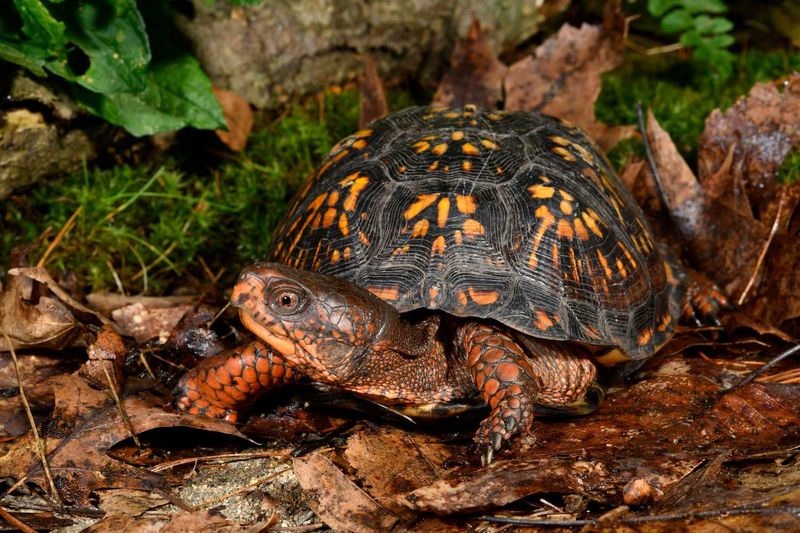
Box turtles thrive in woodland areas, preferring to dig into leaf litter and soft soil. They’re true land-dwellers at heart!
Painted turtles, meanwhile, are water babies through and through. You’ll spot them swimming in freshwater ponds or basking on logs, rarely venturing far from their aquatic homes.
Shell Shape And Structure

The box turtle’s high-domed shell acts like a personal fortress. Its hinged bottom shell (plastron) closes completely, sealing the turtle inside when threatened.
Painted turtles sport a sleek, streamlined shell designed for efficient swimming. Unlike their boxy cousins, they can’t fully retract inside their shells, making them rely on speed in water for safety.
Coloration And Patterns

Nature painted box turtles in earthy camouflage—browns and yellows that blend perfectly with forest floors. Each shell bears a unique pattern, like a fingerprint in tortoiseshell.
Painted turtles earned their name from their vibrant appearance. Their shells shimmer with olive-green topped with red-orange markings, while their skin displays bright yellow stripes—nature’s little swimming masterpieces.
Size
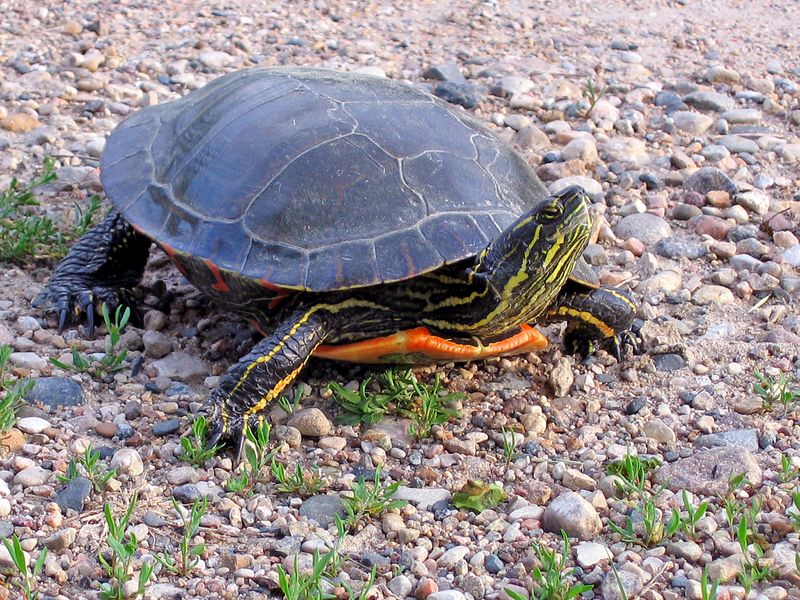
Box turtles remain relatively compact throughout their lives. Most adults could fit comfortably in your hands, measuring just 4-6 inches long—perfect for their terrestrial lifestyle.
Painted turtles grow noticeably larger, with some reaching nearly 10 inches in length. Their bigger bodies support powerful swimming muscles needed for their aquatic adventures.
Diet
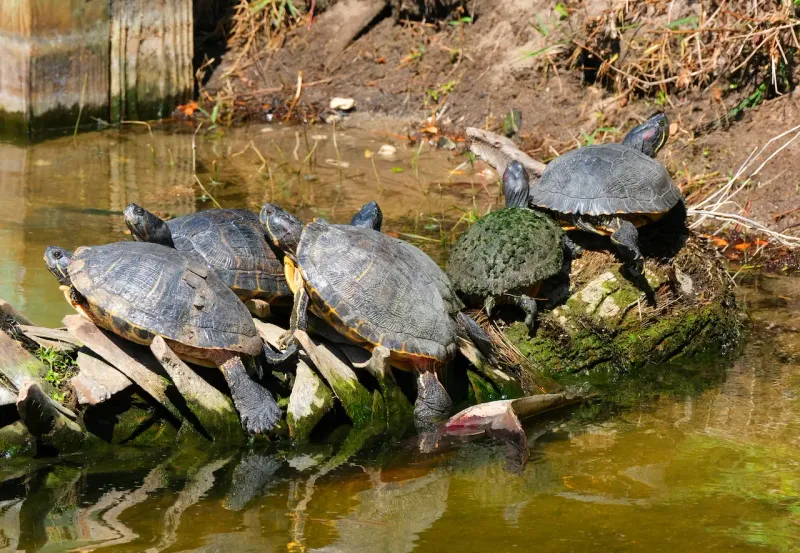
Box turtles are nature’s opportunistic foragers. They’ll munch on mushrooms, berries, and insects while wandering through forests.
Young painted turtles start life as underwater predators, snapping up tadpoles and aquatic insects. As they mature, their diet expands to include water plants, creating a balance between meat and vegetation.
Activity Levels
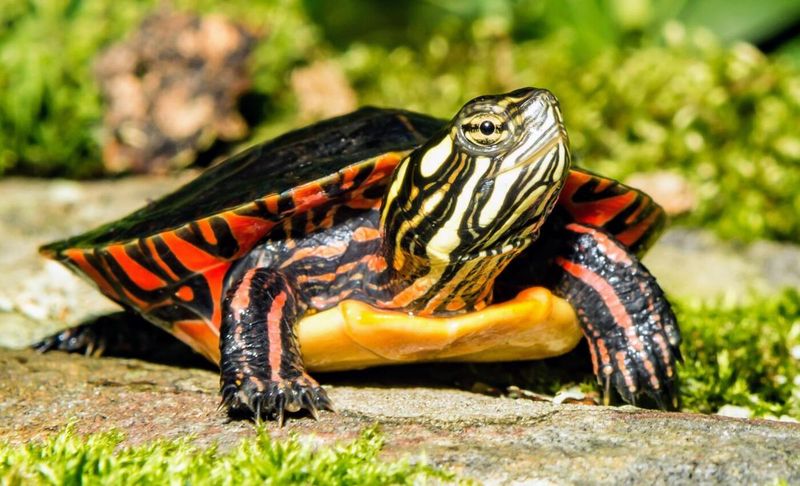
Morning dew often signals box turtles to begin their daily explorations. They become sluggish during midday heat and nearly dormant in winter, burrowing underground to escape freezing temperatures.
Painted turtles embrace the sun’s warmth, spending hours basking on logs with legs and necks stretched out. They remain active longer throughout the year, only slowing when water temperatures drop significantly.
Lifespan
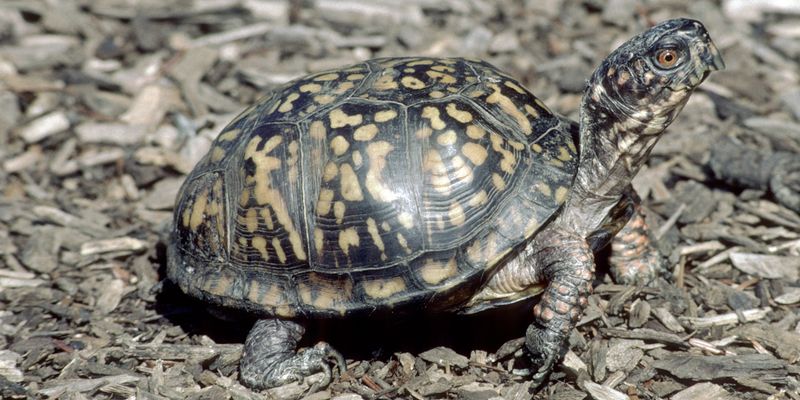
Box turtles are remarkable marathon runners in the race of life. With proper care, these resilient creatures often live past 50 years!
Some individuals have even reached the century mark in captivity. Painted turtles, while still long-lived, typically enjoy a shorter lifespan of 25-35 years in the wild.
Behavior And Socialization
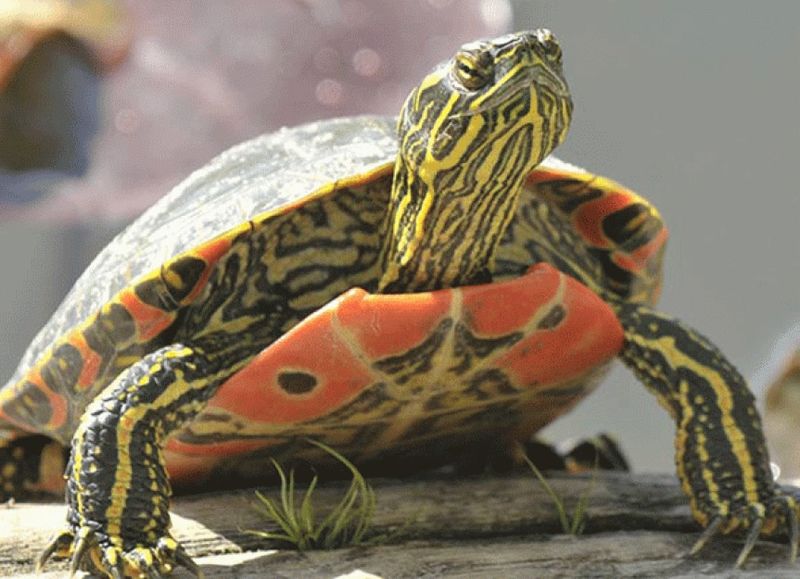
Solitude suits box turtles perfectly. These independent reptiles prefer their own company, establishing personal territories they’ll defend from other box turtles.
Painted turtles show surprising social tendencies! They gather in groups—sometimes dozens strong—on favorite basking spots. Watch a pond on a sunny day, and you might see these colorful creatures stacked like pancakes on logs.
Movement Speed
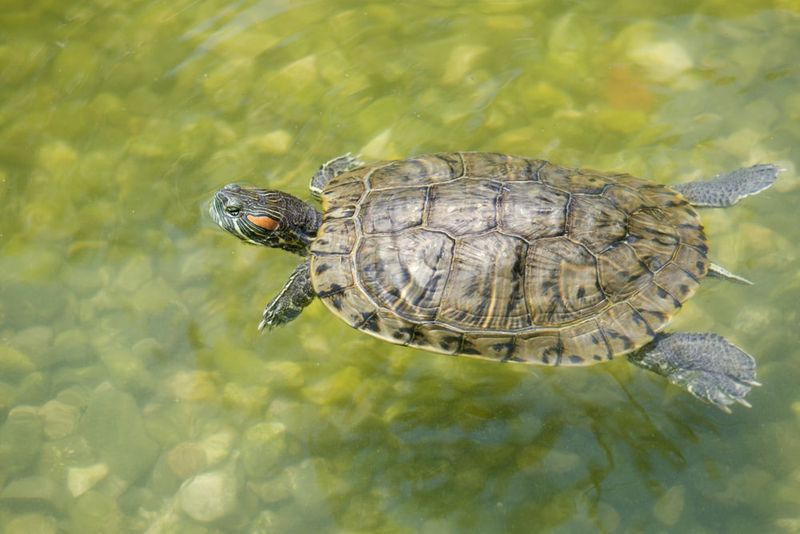
The phrase “slow as a turtle” perfectly describes box turtles on land. Their unhurried pace allows careful inspection of their surroundings while conserving energy.
Painted turtles transform underwater, becoming surprisingly agile swimmers. Their webbed feet propel them with grace through ponds and lakes, though they become awkwardly slow when crossing land between water bodies.
Reproduction And Nesting
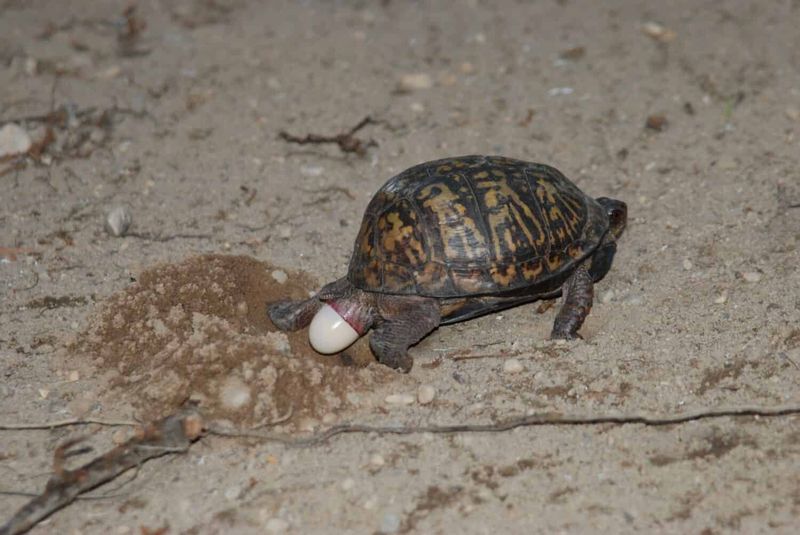
Female box turtles embark on determined journeys to find perfect nesting spots. They dig flask-shaped holes using their back legs, carefully depositing 2-8 eggs before covering them with soil.
Painted turtle mothers prefer sandy banks near water for their nests. Their impressive clutches can contain up to 20 eggs! After hatching, tiny painted turtles make a beeline straight for water.
Conservation Status
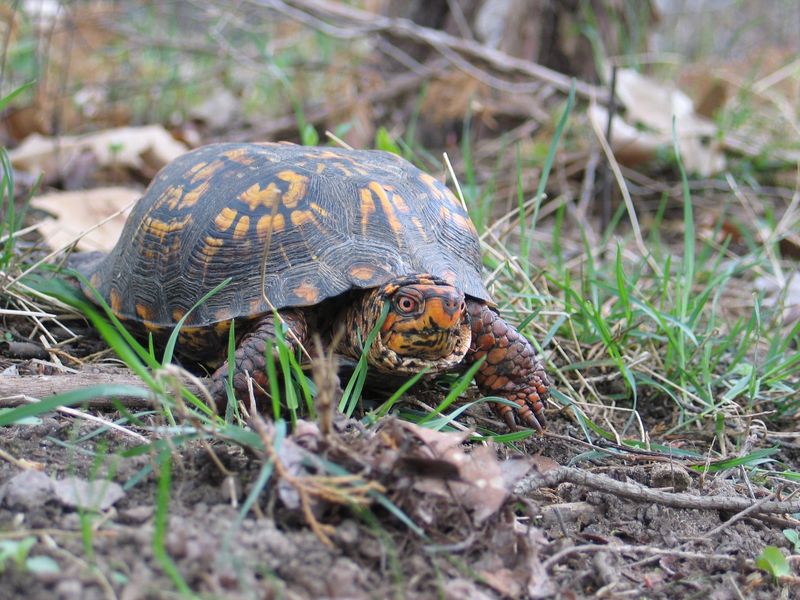
Human development threatens box turtle populations across North America. Their slow reproduction can’t keep pace with habitat loss and road mortality.
Many states now protect these vulnerable creatures with special laws. Painted turtles fare somewhat better, though water pollution and shoreline development still pose significant challenges to their long-term survival.


